A Closer Look into Claude 2’s Limitations
5 de dez. de 2023

With the rise of conversational AI, systems like Claude 2 have brought us closer to a future where talking to a machine feels nearly as natural as chatting with a human. However, despite the strides made, it’s crucial to recognize the inherent limitations that Claude 2 and similar AI still face.
Knowledge Boundaries
While Claude 2 has extensive knowledge from rigorous training, its learning is not limitless. Its information reflects a snapshot up until the most recent update.
As such, the AI may lack data on new developments or topics that emerged after its last training period ended. Users could encounter boundaries when inquiring about the latest changes or evolutionary areas absent from its training materials.
Nuanced Language Comprehension
While Claude 2 can engage in a broad spectrum of topics, its ability to interpret nuanced language may fail. Phrases loaded with cultural nuance, sarcasm, or idioms can pose challenges, as the AI’s comprehension is rooted in pattern recognition from data, not real-life human context and experiences.
Creative Output
Creativity is another area where Claude 2 has limitations. Although it can produce seemingly fresh and innovative content, the AI’s “creativity” is essentially a rehashing of its training data—a remixing of the vast information it has been fed.
Emotional Understanding
Claude 2 does not possess emotional intelligence. It can simulate responses that mimic empathy and emotion, but these are based on learned patterns rather than genuine feelings. As such, the AI cannot match the emotional depth or empathetic engagement that comes naturally to humans.
Contextual Understanding
While Claude 2 can follow a conversation’s flow, interactions requiring subtle social cues or a full grasp of long-term context may result in responses that miss the mark. Staying aware of its limitations helps users engage effectively with its strengths while acknowledging its inability to replicate human interactions. Developers prioritize enhancing these areas as AI advances.
Embracing Diverse AI Capabilities: Aivia’s Multi-Model Approach
Do different AI models have strengths and weaknesses? Aivia thinks so. That’s why it gives you options when you chat.
Aivia includes top AI assistants like ChatGPT 3.5, ChatGPT 4, Google AI, and now Claude 2. This multi-model approach aims to help more people by catering to different needs and preferences. No single AI can do everything well.
While one AI may be great at understanding language and writing responses, it could struggle with specific questions or creative tasks. Another AI might provide more up-to-date facts or explain technical topics better. By offering choices, Aivia lets you switch between AI models to get the best answers using each model’s strengths.
With Claude 2 now available, Aivia allows direct comparisons. Which AI responds best in this conversation? If one model hits a limitation, you can easily move to another AI to maintain a smooth chat. This enhances understanding across different topics.
Aivia’s selection underscores its commitment to a powerful and flexible conversational experience. Including Claude 2 alongside ChatGPT and Google AI broadens possibilities and improves Aivia’s ability to meet the various needs of its users.

Try 14 Days for Free
Start